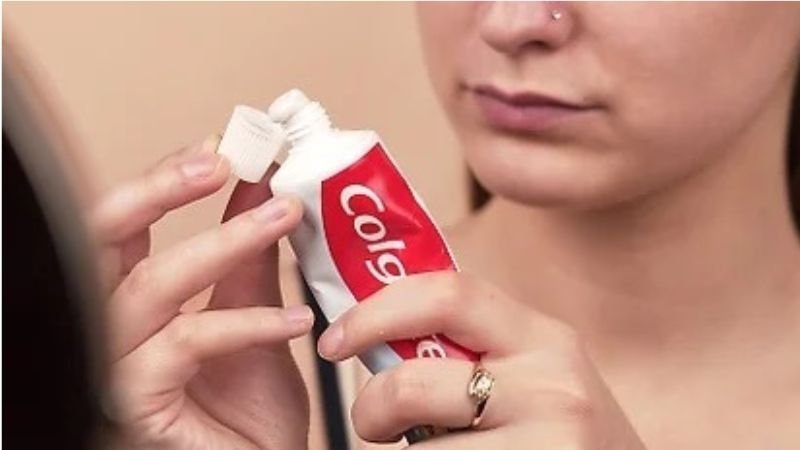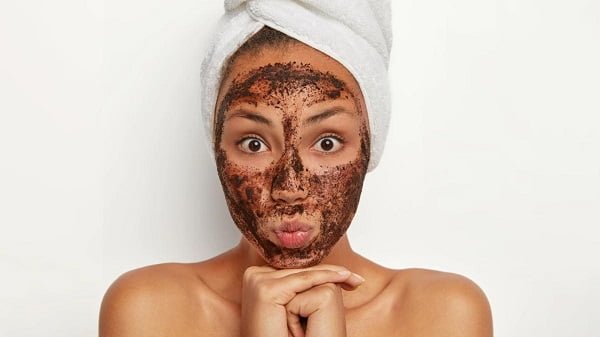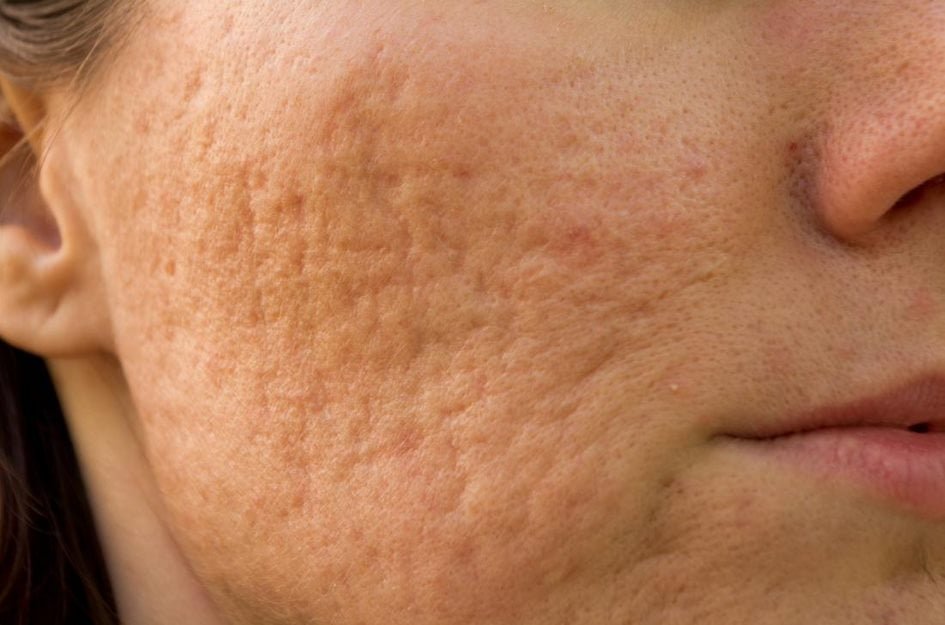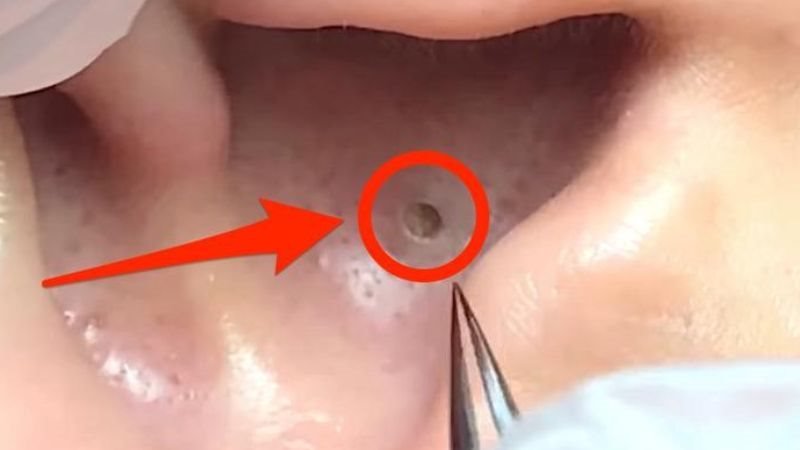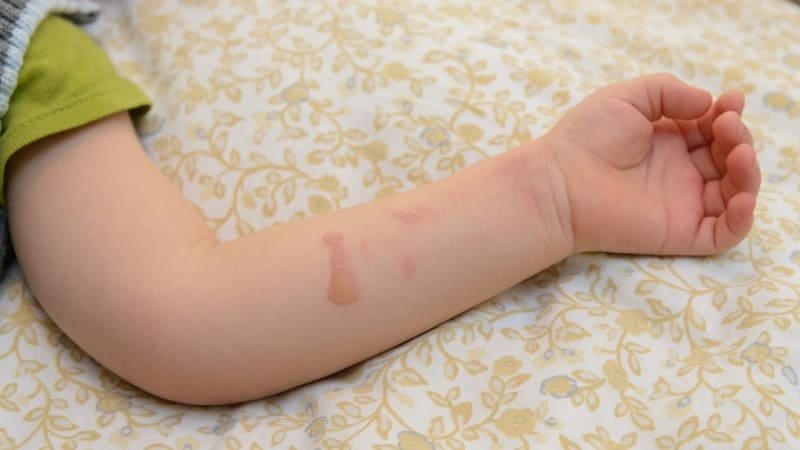Introduction
When it comes to skincare hacks, some unconventional remedies often make their way into the conversation. One such remedy that has gained popularity is using toothpaste to remove blackheads. But does this common household item truly have the power to banish those stubborn blackheads? Let’s delve into the science behind the toothpaste method and separate fact from fiction.
Understanding Blackheads:
Blackheads, those tiny yet bothersome pores clogged with excess oil (sebum) and dead skin cells, are a common skincare concern for many. They typically appear as small, dark bumps on the skin, most commonly on the face, nose, and chin. While various factors contribute to their formation, finding effective solutions to remove them can be a challenge.
The Myth of Toothpaste for Blackheads:
The idea of using toothpaste as a spot treatment for blackheads likely stems from its drying and antibacterial properties. Toothpaste contains ingredients such as baking soda, hydrogen peroxide, and menthol, which may help dry out excess oil and reduce inflammation when applied to pimples. However, the effectiveness of toothpaste for blackheads is questionable, and its use can potentially do more harm than good.
Why Toothpaste May Not Work:
- Harsh Ingredients: Many toothpaste formulations contain abrasive ingredients and additives such as fluoride, sulfates, and artificial flavors, which may irritate the skin and cause redness or peeling when applied topically. These ingredients can disrupt the skin’s barrier function and worsen blackhead congestion.
- Drying Effect: While toothpaste may dry out pimples, it can also dry out the surrounding skin, leading to excessive dryness and irritation. Over-drying the skin can trigger the production of more oil (sebum) as the skin tries to compensate, potentially exacerbating blackhead formation.
- Limited Pore Penetration: Toothpaste is designed to be used on teeth and gums, not on the skin. Its consistency and formulation may not allow it to penetrate deeply into the pores to effectively dissolve blackhead-causing impurities. As a result, it may only provide temporary relief without addressing the root cause of blackheads.
- Risk of Skin Irritation: Toothpaste contains ingredients that are not meant for application on the skin. The harsh chemicals and abrasives in toothpaste can irritate the skin, especially if left on for an extended period. This can lead to redness, inflammation, and even chemical burns, particularly for those with sensitive or reactive skin.
- Potential for Allergic Reactions: Certain ingredients commonly found in toothpaste, such as fluoride, mint, and sulfates, may trigger allergic reactions in some individuals. Allergic reactions can manifest as itching, redness, swelling, or hives, further exacerbating skin irritation and discomfort.
- Risk of Over-Drying: The drying effect of toothpaste can strip the skin of its natural oils, leading to over-drying and dehydration. Over time, this can compromise the skin’s barrier function, making it more vulnerable to environmental aggressors and further blackhead formation.
- Lack of Targeted Treatment: Unlike skincare products specifically formulated to address blackheads, toothpaste does not contain ingredients that target the root cause of blackhead formation. While it may temporarily dry out the skin’s surface and reduce inflammation, it does not penetrate deep into the pores to effectively remove blackhead-causing impurities.
- Long-Term Damage: Continued use of toothpaste as a blackhead treatment can result in long-term damage to the skin. Chronic irritation and disruption of the skin’s natural pH balance can lead to issues such as sensitivity, dryness, and premature aging, undermining the overall health and appearance of the skin.
- Hygienic Concerns: Toothpaste tubes are not designed for skincare purposes and may harbor bacteria or other contaminants that can be transferred to the skin. Applying toothpaste directly to the face can introduce unwanted microbes, increasing the risk of infections or breakouts.
- Importance of Proper Skincare Practices: Effective blackhead removal requires a holistic approach to skincare, including regular cleansing, exfoliation, and moisturizing. Incorporating gentle and targeted treatments specifically formulated for blackheads can yield better results without compromising skin health or integrity.
Safer Alternatives for Blackhead Removal:
- Salicylic Acid: A beta hydroxy acid (BHA) known for its ability to penetrate pores and dissolve blackhead-causing impurities. Salicylic acid exfoliates the skin, unclogs pores, and helps prevent future blackheads.
- Benzoyl Peroxide: An antimicrobial agent that kills acne-causing bacteria and reduces inflammation. Benzoyl peroxide can help clear existing blackheads and prevent new ones from forming.
- Clay Masks: Natural clay masks, such as kaolin or bentonite clay, can help draw out impurities from the skin, including excess oil and debris trapped in pores. Regular use of clay masks can help reduce blackhead congestion and improve skin clarity.
Conclusion
While the toothpaste method may seem like a quick fix for blackheads, its effectiveness is questionable, and its use can potentially cause more harm than good. Instead, opt for safer and more targeted treatments specifically formulated to address blackheads, such as salicylic acid, benzoyl peroxide, or clay masks. Remember to always patch test new products and consult a dermatologist for personalized skincare advice. With the right approach, you can effectively manage blackheads and achieve clearer, healthier skin without relying on household remedies like toothpaste.
FAQs related to "Does toothpaste really remove blackheads? "
While toothpaste may temporarily dry out the skin’s surface and reduce inflammation, it is not an effective long-term solution for removing blackheads. Toothpaste contains ingredients that are not designed for skincare use and may cause irritation, dryness, and other adverse reactions when applied to the skin.
Toothpaste may have a drying effect on the skin’s surface, which can temporarily reduce the appearance of blackheads. However, it does not address the underlying cause of blackhead formation or effectively remove the impurities trapped within the pores.
Yes, toothpaste contains abrasive ingredients, artificial flavors, and other additives that can irritate the skin and may trigger allergic reactions in some individuals. Prolonged or repeated use of toothpaste as a blackhead treatment can lead to redness, inflammation, and other adverse skin reactions.
Toothpaste is not formulated for use on the skin and may be too harsh for individuals with sensitive or reactive skin. Those with preexisting skin conditions such as eczema or dermatitis may be particularly susceptible to irritation from toothpaste.
It is not recommended to use toothpaste for blackhead removal. If toothpaste is applied to the skin, it should be used sparingly and only as a spot treatment on individual pimples. It should be rinsed off thoroughly after a short period to minimize the risk of irritation.
Yes, there are several safer and more effective alternatives to toothpaste for blackhead removal. These include skincare products specifically formulated with ingredients such as salicylic acid, benzoyl peroxide, or clay that are designed to unclog pores and address blackhead formation without causing irritation or other adverse reactions.
Prolonged or repeated use of toothpaste on the skin can lead to irritation, dryness, and potential damage to the skin’s barrier function. In severe cases, this may contribute to scarring or other long-term damage. It is essential to discontinue use of toothpaste on the skin if any adverse reactions occur and consult a dermatologist for appropriate treatment.

